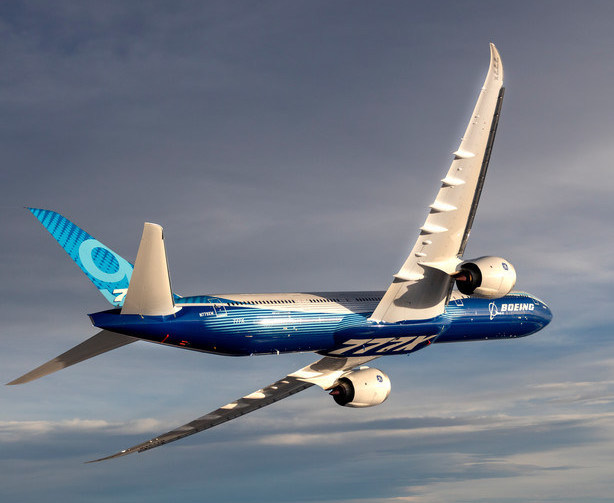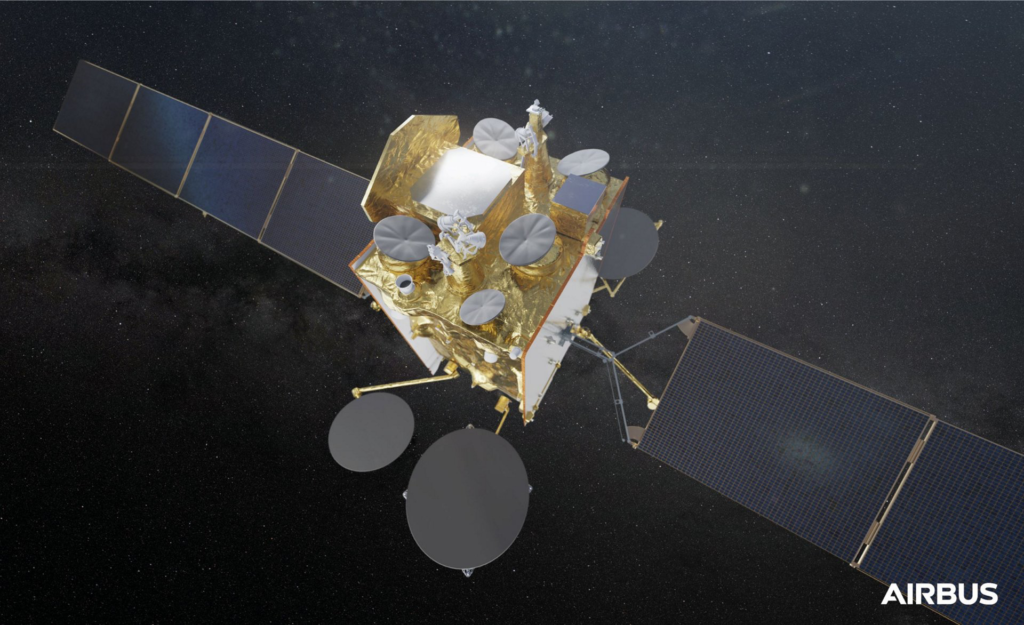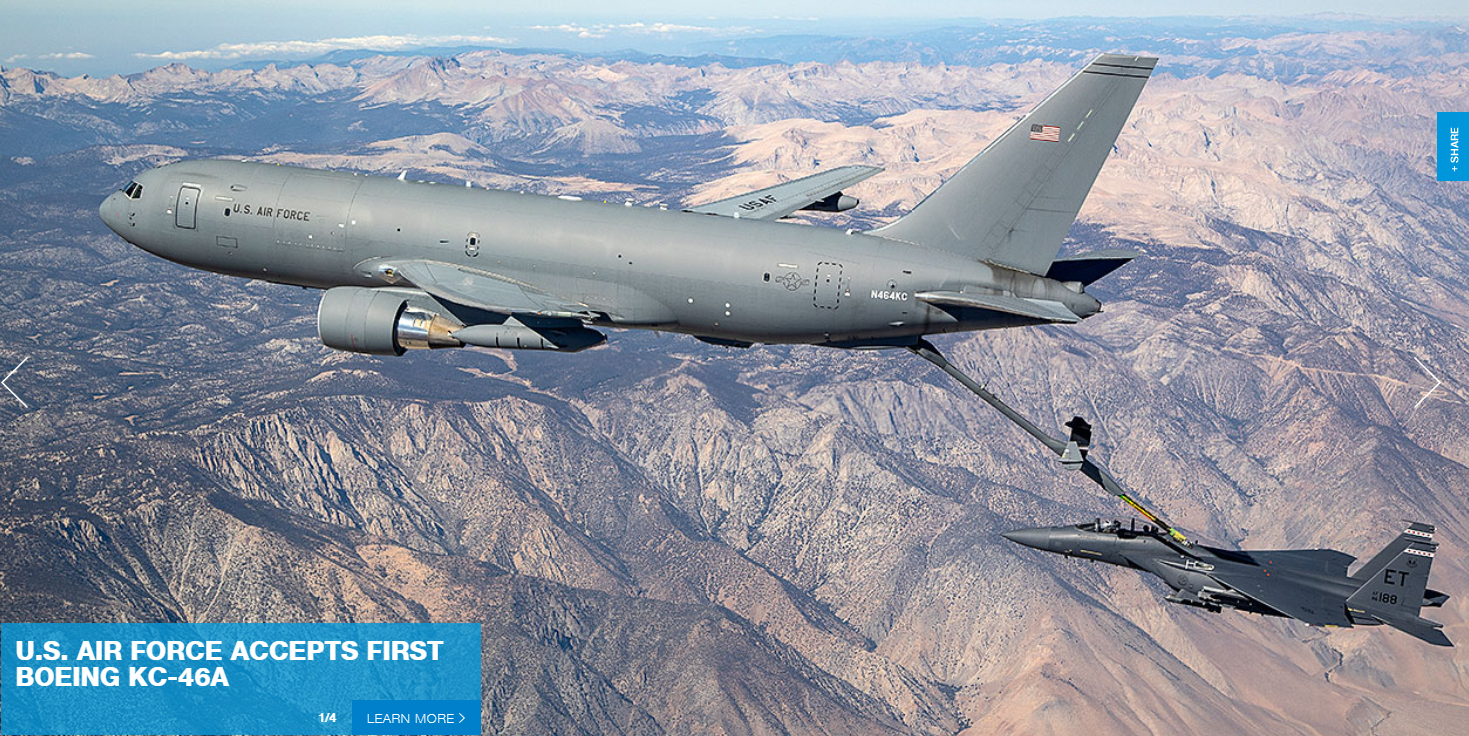DUBAI, United Arab Emirates, Nov. 4, 2021 /PRNewswire/ — Boeing (NYSE: BA) will showcase its market-leading portfolio of commercial, defense and services products at the 2021 Dubai Airshow this month, including the international debut of its newest fuel-efficient widebody jet, the 777X, along with the company’s growing autonomous capabilities such as the Boeing Airpower Teaming System.
During the event, a Boeing 777-9 flight-test airplane will soar in the airshow’s flying program and appear in the static display. Building on the best of the industry-leading 777 and 787 families, the 777-9 will be the world’s largest and most efficient twin-engine jet, delivering 10% better fuel use, emissions and operating costs than the competition.
The company’s static display will also feature the 2021 Boeing ecoDemonstrator, an Alaska Airlines 737-9 that is flight testing about 20 technologies to reduce fuel use, emissions and noise and further improve safety.
In addition, Etihad Airways will display a 787-10 Dreamliner that showcases the airline’s collaboration with Boeing to advance sustainable aviation. Etihad’s program researches and tests innovative technologies, products and practices on its fleet of 787s and within its operations to further reduce carbon emissions. Also on display, flydubai – the region’s largest 737 operator – will feature a 737 MAX 9 that reduces fuel use and CO2 by 14% compared to its predecessors.
Boeing’s exhibit in Dubai will highlight defense products including the F-15EX Eagle II fighter jet and T-7A Advanced Pilot Training System, as well as its Autonomous Systems portfolio, including the Boeing Airpower Teaming System and the Insitu Integrator ER and ScanEagle unmanned systems.
Global defense customers are expected to display several operational Boeing aircraft, including the MV-22 Osprey, KC-46A Pegasus, P-8A Poseidon, C-17 Globemaster III, AH-64 Apache and CH-47F Chinook.
Boeing also will discuss its parts, modifications, digital, sustainment and training solutions, including an expansive global supply chain, maintenance and logistics network. Government services will feature in-country partnerships with on-the-ground support for its installed base of defense platforms. Commercial services highlights will include Boeing Converted Freighters, expanded support to regional customers and near-term sales opportunities.





